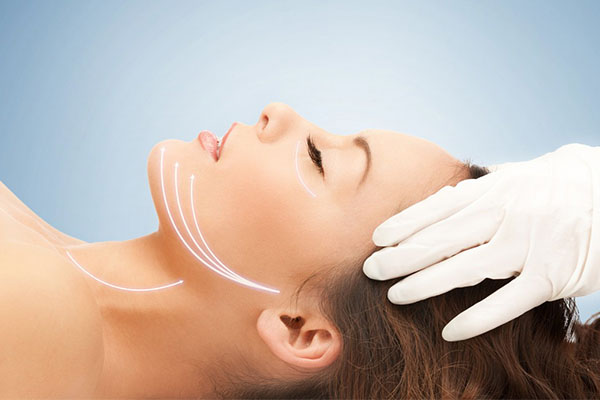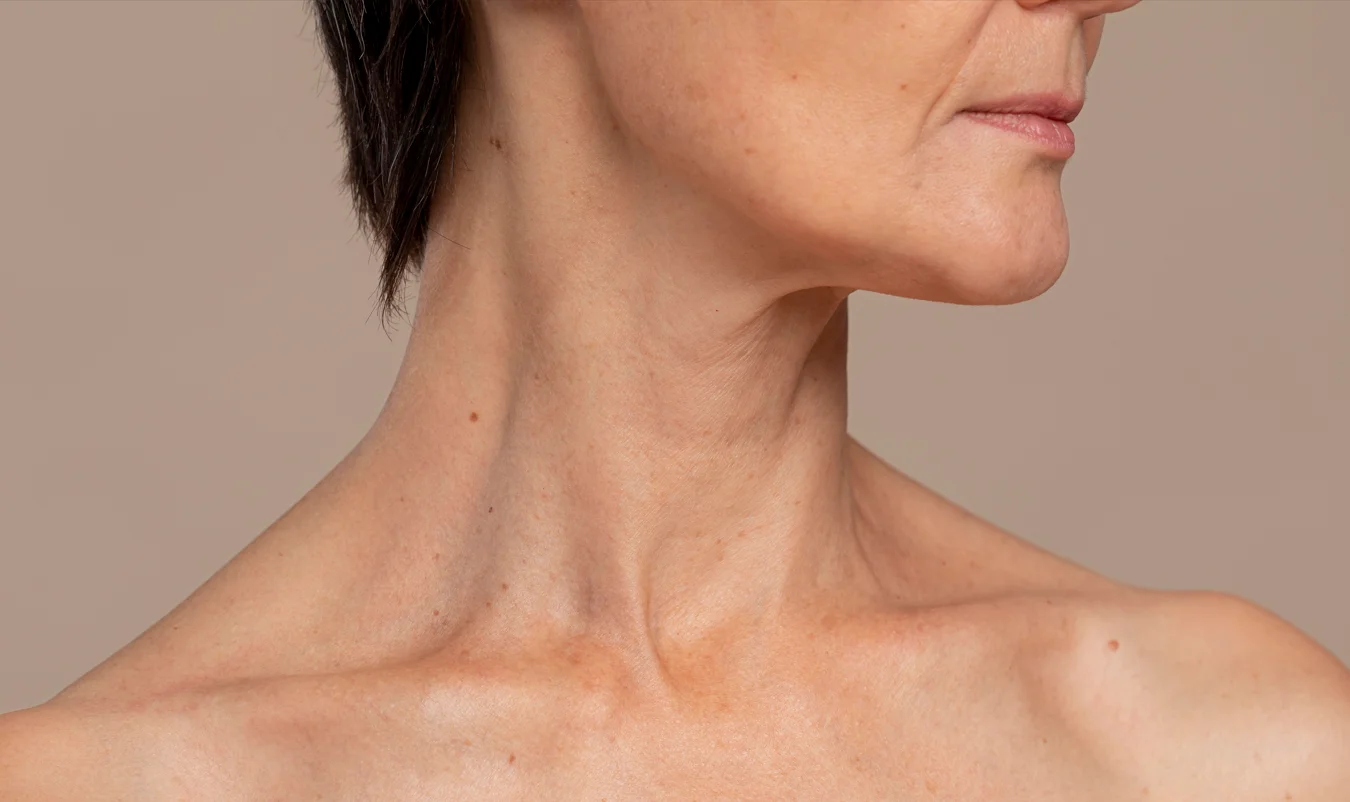
Are you considering a Facelift? Let’s explore what you need to know about this transformative procedure. Understanding the process is crucial for informed decisions. Whether you’re concerned about sagging skin, wrinkles, or loss of volume, we’ve got you covered. Join us as we demystify the journey from consultation to recovery. With experienced surgeons and top-notch facilities, your comfort and safety are our priorities. Learn about procedure duration, potential risks, and recovery. With this knowledge, you can confidently take the next step toward a refreshed appearance and boost confidence. Join us on this informative journey to discover what a facelift can do for you.
Understanding The Aging Process And Its Impact On Facial Appearance
Our skin undergoes natural changes as we age, such as decreased collagen and elastin production, leading to wrinkles and sagging. Factors like sun exposure, lifestyle choices, and genetics contribute to these changes. A facelift tightens muscles, removes excess fat, and repositions skin to address these signs of aging. Understanding these factors helps manage expectations and make informed decisions about the procedure. While non-surgical options exist, a facelift remains the most effective long-term solution, tailored to individual needs through consultation with an experienced surgeon.
Different Types Of Facelift Procedures
Facelift procedures in Philadelphia have tailored solutions for specific facial concerns. The traditional complete facelift targets the lower face, jowls, and neck through incisions along the hairline, around the ears, and sometimes under the chin. This comprehensive procedure lifts facial muscles, removes excess fat, and repositions the skin for a youthful look, ideal for those with significant aging signs.
For milder concerns, mini and mid-facelifts focus on specific areas like the lower face or cheeks. They involve smaller incisions and shorter recovery times compared to full facelifts. Mini facelifts are ideal for mild to moderate aging signs, while mid-facelifts address sagging cheeks and under-eye areas.
Non-surgical alternatives include thread lifts and injectable fillers. Thread lifts use dissolvable threads to lift and tighten sagging tissues with minimal downtime. Injectable fillers restore facial volume and temporarily reduce wrinkles. These options suit individuals who need more time to be ready for surgery or seeking less invasive approaches.
Benefits And Risks Of Getting A Facelift
A facelift rejuvenates your appearance and boosts self-confidence and overall well-being. Achieving a reflection that aligns with your inner vitality can significantly enhance self-esteem, positively impacting various life aspects, including career prospects and personal relationships.
Moreover, a facelift provides enduring results by addressing the root causes of facial aging. Unlike temporary non-surgical treatments, its effects last for many years, reducing the need for frequent touch-ups or maintenance procedures. This ensures sustained youthful looks, minimizing disruptions to your lifestyle.
However, facelifts entail risks like infection, bleeding, scarring, and adverse anesthesia reactions. Choosing a skilled surgeon who prioritizes safety is crucial in mitigating these risks. Open discussions about medical history, expectations, and concerns with the surgeon aid informed decisions, lowering the likelihood of complications.
The Facelift Procedure: Step-By-Step Guide
The procedure begins with the administration of anesthesia to ensure comfort throughout the surgery. Depending on the case, either general or local anesthesia with sedation may be used. With the plastic surgeon’s expertise, carefully planned incisions are made along the hairline, around the ears, and sometimes under the chin to access facial structures. The surgeon skillfully lifts and repositions facial muscles, removes excess fat, and trims away excess skin. After redraping the skin for a smoother contour, the incisions are meticulously closed with sutures. Additional techniques, such as fat transfer, neck lift, or eyelid surgery, may be incorporated to enhance the overall results. The duration of the procedure depends on the extent of correction and any supplementary procedures, typically lasting two to four hours. However, more complex cases or combined procedures may take longer.
Alternative Non-Surgical Options For Facial Rejuvenation
Non-surgical alternatives to facelifts include injectable fillers, neuromodulators, laser treatments, and thread lifts. Fillers restore facial volume and reduce wrinkles, while neuromodulators relax muscles to minimize dynamic wrinkles. Laser treatments improve skin tone and texture, stimulating collagen production. Thread lifts lift and tighten sagging tissues with minimal downtime. Though these options offer temporary results and may not match a facelift’s effectiveness, they are suitable for those avoiding surgery or desiring a less invasive approach. Consultation with a qualified practitioner is crucial for personalized treatment.

Conclusion: Is A Facelift Right For You?
In conclusion, a facelift is a transformative cosmetic procedure that can restore a youthful and refreshed appearance. By understanding the aging process and its impact on facial appearance, you can have realistic expectations and make an informed decision about undergoing a facelift. With different types of facelift procedures available, each targeting specific areas of the face, you can choose the most suitable approach based on your individual needs and goals. While a facelift offers numerous benefits and long-lasting results, it is essential to be aware of the potential risks and complications associated with the procedure. By thoroughly preparing for the surgery and following the recommended aftercare instructions, you can optimize your chances of a successful outcome and minimize the risk of complications.




